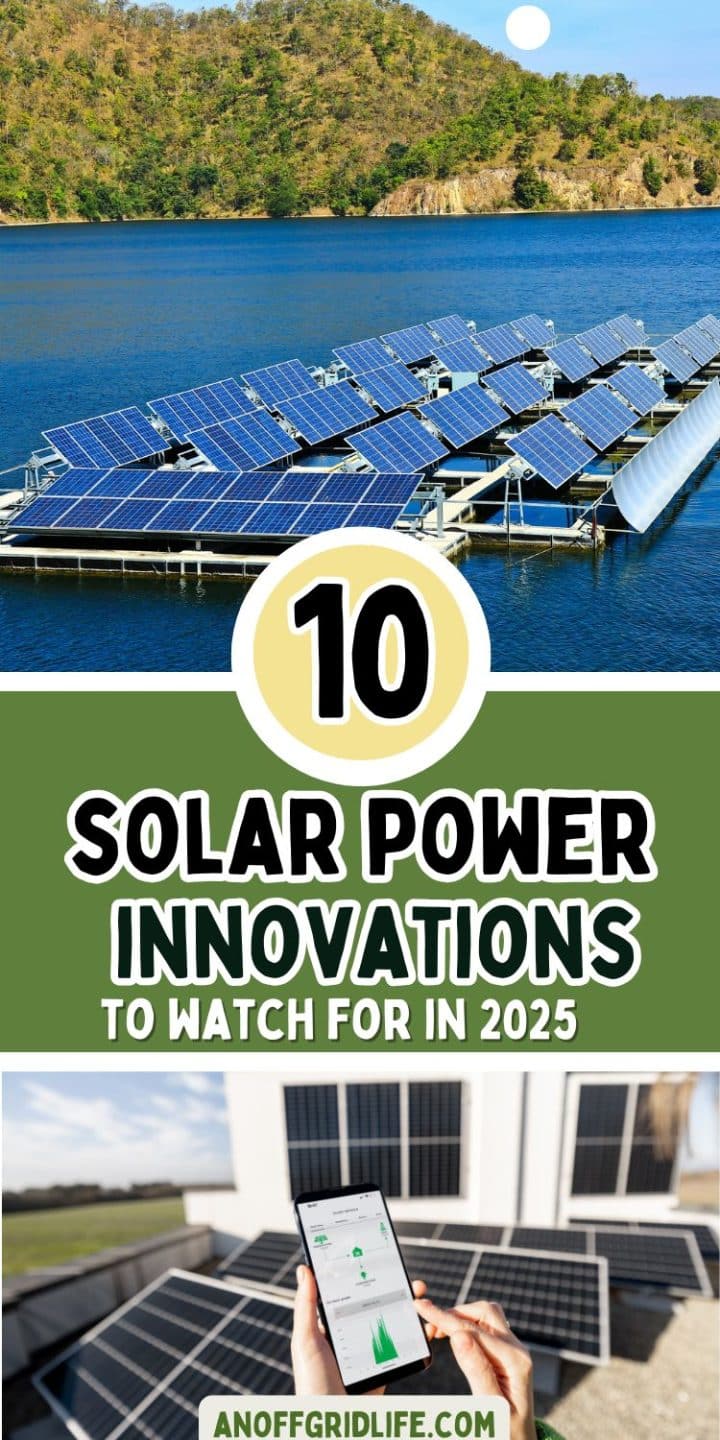When it comes to solar power, a lot has changed since we bought our off grid home twelve years ago. Today, there are all kinds of solar power innovations and new technologies to harness the sun’s power, not to mention the new solar products. Solar power isn’t just a cool idea for people living off the grid. It’s what keeps the lights on and the water pump running.
We spent years relying on solar panels to power my off-grid home and watched the technology change fast. In fact, we are now on our third off grid solar power system. What used to be clunky and expensive is now sleeker, more powerful, and even more affordable. And from what I”m seeing in 2025, solar tech continues to get better.
10 Emerging Solar Power Innovations in 2025
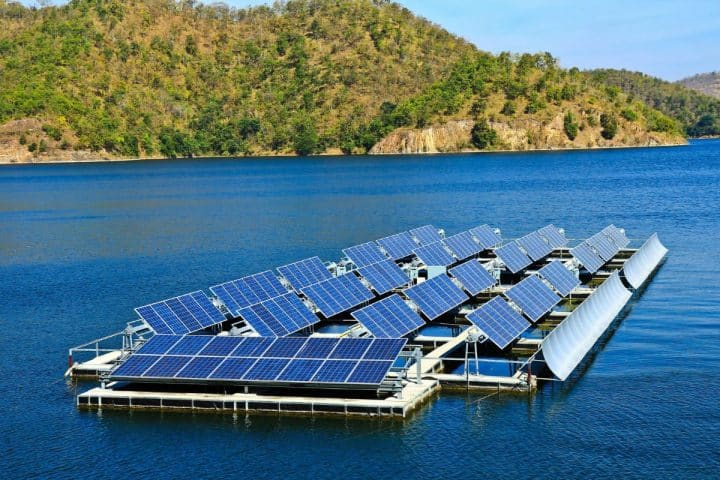
Here are ten new solar power innovations that could change the way we think about energy. While some of these ideas have been around for a couple of years, they've had significant recent breakthroughs that suggest they'll offer more solar power options in 2025.
Floating Solar Farms (Floatovoltaics)
Solar panels don’t just belong on rooftops. Some of the biggest breakthroughs in solar energy are happening on the water.
Floating solar farms, or floatovoltaics, turn lakes and reservoirs into power stations. These solar panels rest on top of the water, taking up no land and even helping reduce evaporation.
Experts at the World Bank say these farms could generate up to 4,000 gigawatts of power globally. That’s enough to light up millions of homes.
In the U.S., researchers at the National Renewable Energy Laboratory (NREL) are testing floatovoltaics on hydroelectric dams to boost energy production even more.
For people who live off the grid, this is exciting. If you have a pond or a lake nearby, this could be an incredible way to generate extra power without giving up valuable space on your land.
Solar Windows
Now, this one really sounds good to me. Our off grid home overlooks a lake, and we have a TON of windows. If every window in our house could generate electricity, this would be amazing. However, in our case, it would only work from about April through October because the winter days are pretty dark.
That’s the idea behind solar windows. These windows look just like regular glass but are embedded with transparent solar cells that capture sunlight and turn it into off grid electricity.
Solar windows could potentially replace traditional glass in homes and office buildings. For off grid homes like ours which runs various power systems (including our boiler system and custom water pump system), this could be huge. If you’re low on roof space, solar windows could help you maximize every inch of your property.
Space-Based Solar Power
Now, I know this is one of the solar power innovations that sounds like science fiction, but it isn’t. Scientists are working on ways to capture solar energy in space and beam it back to Earth.
In space, the sun never sets, and no clouds or weather are blocking its rays. So, space-based solar power means constant, uninterrupted solar power.
Again, this interests me because our solar panel system doesn’t do much during the short days of our Canadian winter. However, it works like gangbusters in the summer months when we have almost 24 hours of daylight, and it’s easy to run all our off grid appliances without depending on our home generator.
The European Space Agency (ESA) and NASA are investing in research to make space-based solar a reality. And Space.com reports that Japan will start beaming solar energy to earth this year — in 2025!
Last fall, CBC News reported that Iceland hopes to add space solar power to its renewable energy sources by 2030. It’s still early, but if this tech takes off, earthlings could start regularly accessing unlimited clean energy from above in my lifetime. Amazing.
Solar Skin for Panels
So this one seems a bit odd. Apparently, some people hesitate to install solar panels because they don’t like the way they look.
Enter solar skin —a thin film that lets panels blend into their surroundings. Companies like Sistine Solar are developing solar skins that mimic the look of roofing materials, brick, or even custom artwork.
I suppose as solar panels become more mainstream, the solar panel aesthetic will become more important. But the people I know who choose to live off the grid and power their homes with solar or other alternative energy aren’t too interested in spending money just for cosmetic reasons. However, it could make sense if it’s a way to camouflage your panels so your home blends in more with nature.
Perovskite Solar Cells
Right now, most solar panels use silicon to capture sunlight. However, a new material called perovskite could make solar panels cheaper, lighter, and more efficient.
Chinese researchers recently created perovskite solar cells with an amazing 29.36 efficiency rate —far higher than traditional panels. This matters because more efficient panels mean you need fewer to generate the same amount of power. This could be great news if you live off-grid and have limited space for solar panels.
Transparent Solar Panels
Given the short winter gardening season and the high cost of transporting foods to the far north, we’ve often discussed building a large greenhouse at our off grid homestead. So, I was fascinated to read about a greenhouse that powers itself.
That’s what transparent solar panels could make possible. Several years ago, scientists developed solar panels that are completely see-through, allowing plants to grow underneath while still capturing sunlight for energy to store in a battery bank system.
Transparent solar panels work similarly to solar windows. (Note: I’m researching the difference between solar windows and transparent solar panels for a future post.) As of January 2025, Nature magazine reports researchers are studying ways to improve the energy efficiency of semi-transparent solar panels and different battery bank configurations in greenhouses.
With the growing interest in backyard gardening and growing food to feed a family, I can see the interest in transparent solar panels growing this year.
This could be a breakthrough for anyone trying to secure their food supply and grow food off grid. It could extend our growing season, and we could grow a lot more food than we can with cold frame gardening.
Solar-Powered Electric Vehicles
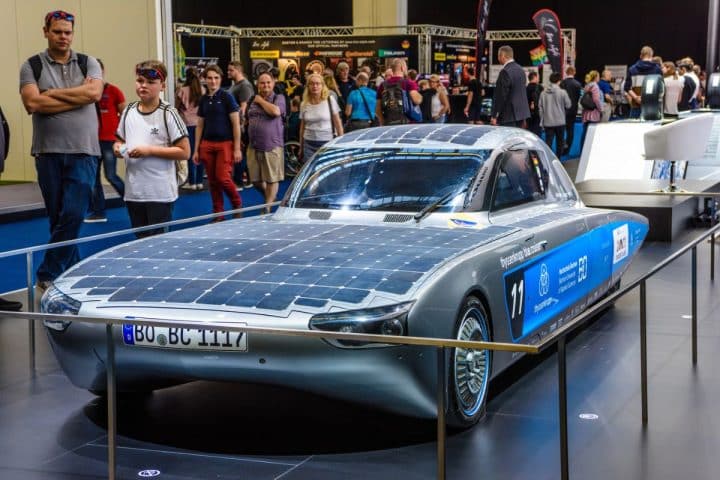
Solar-powered cars are closer than you think. Companies like Lightyear and Toyota are developing electric vehicles (EVs) that charge themselves with built-in solar panels. The Lightyear 2, expected to launch in late 2025, can travel up to 700 miles on solar power alone.
If you live off the grid, this could be interesting. Charging stations can be hard to find in rural areas, but if your car can charge itself, you can travel farther without worrying about finding a plug.
Integrated Solar Roofing
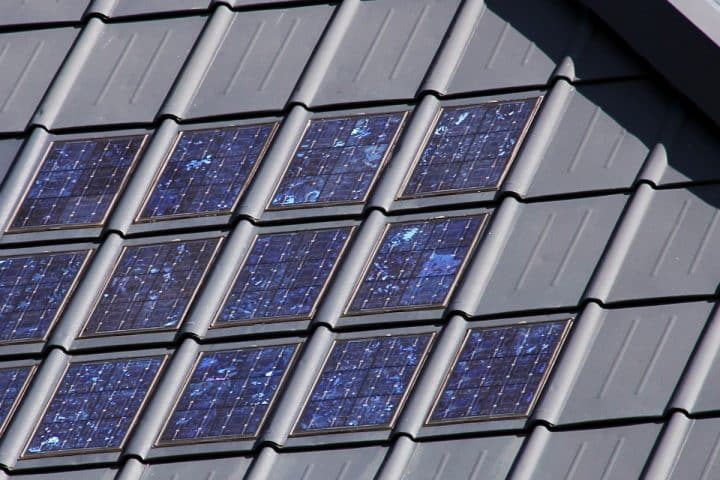
Instead of mounting panels on top of your roof, what if your roof itself was made of solar panels? That’s the idea behind integrated solar roofing. Companies like GAF Energy are developing solar shingles that look just like regular roofing materials but generate power.
Solar shingles, or solar roof tiles as they’re known, have improved significantly in the last year. These improvements mean they’re conducting solar power more efficiently in the face of challenges such as bird poop which can mess with regular solar panels mounted on a roof. So solar roof tiles could be a smart investment for people building new off-grid homes — especially since they function as both a roof and an energy source.
AI-Optimized Solar Grids
Artificial intelligence has been a major news story for the past two years, especially in the freelance writing and blogging world, which is how I make money living off the grid. And for all the negative impacts AI has had on my income, it is in fact, helping solar systems become more efficient.
For example, the World Economic Forum reports AI has increased solar farm efficiency by predicting weather patterns and adjusting energy storage. It can also predict solar panel maintenance requirements. AI-powered energy management could mean smarter battery storage in 2025 and beyond for off-grid living. I’ll be watching these developments closely.
Nighttime Solar Power
One of the biggest drawbacks of solar energy is that it only works when the sun is out. But that could change. Scientists from the University of New South Wales have created a device to generate solar power at night. Although the early version is admittedly inefficient, the device uses thermoradiative power generation to capture radiation from the earth’s surface and turn it into electricity.
This technology is still in development, but if it works, it could reduce the need for expensive battery storage—making off-grid solar systems even more reliable.
The Future of Solar Power
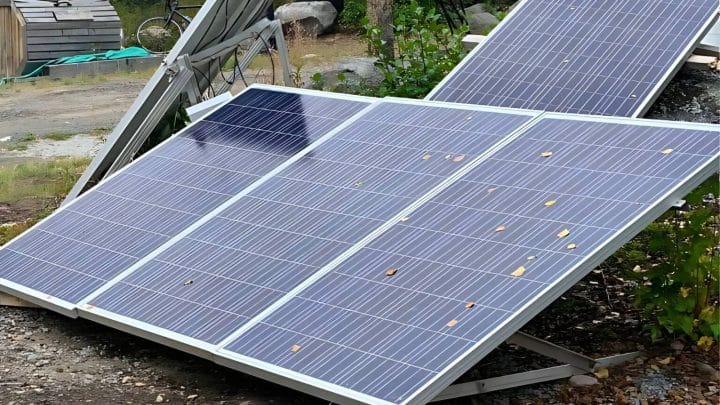
Solar technology is evolving fast. While researching this post, I found articles about fascinating developments in technology for bifacial solar panels, so that may be an article for next week.
The next few years will bring even more changes. For current and aspiring off grid homeowners, these innovations mean more choices, greater efficiency, and new ways to power our homes sustainably. Whether you want to upgrade your off-grid setup or stay informed, these game-changing advancements are worth watching.
